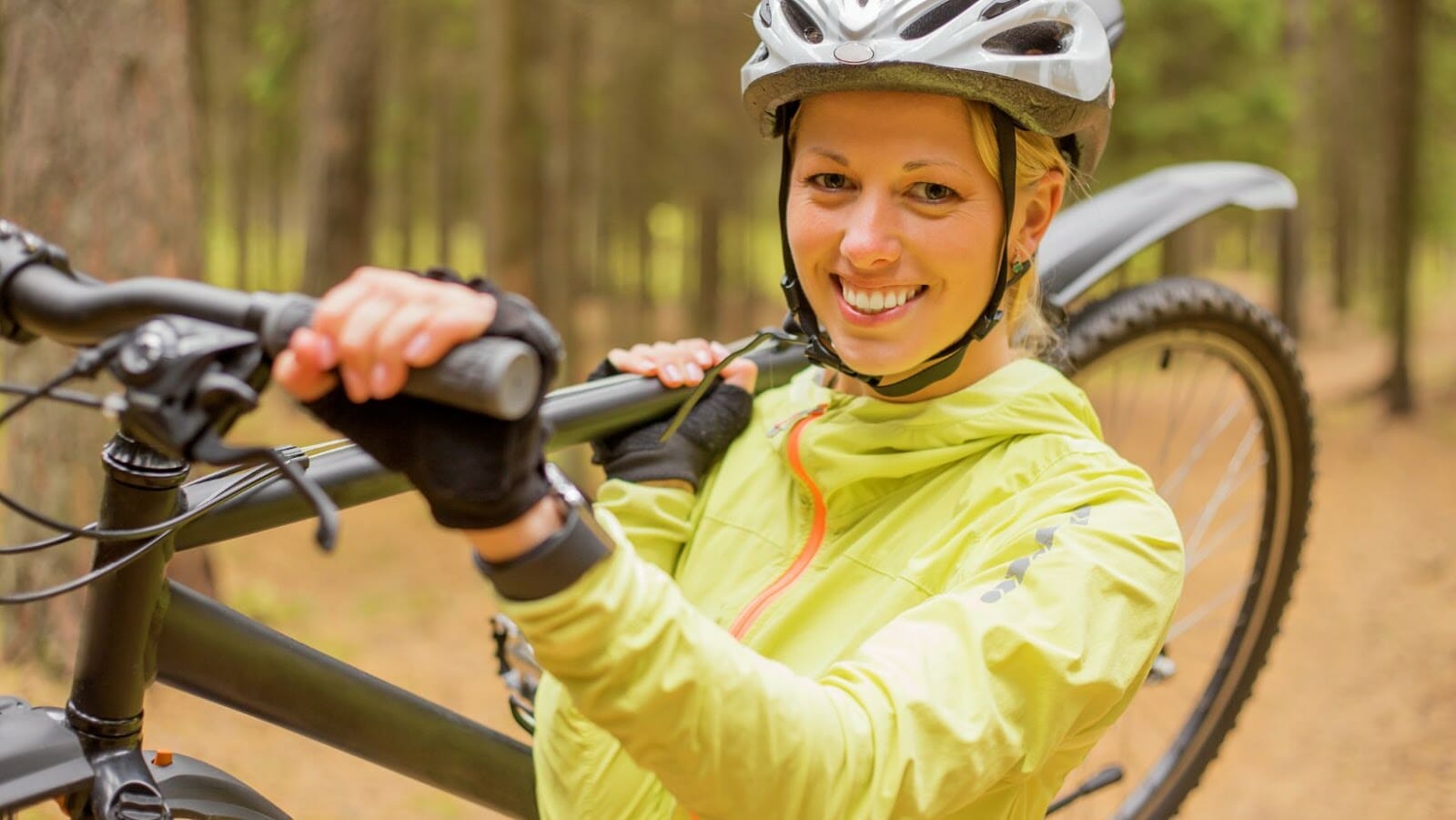If you have been able to locate a place with biking trails near your area, you’re lucky. Make sure you’re choosing a trail that facilitates bikers to ride safely without damaging the property or polluting natural surroundings such as trees, waterways, or habitats. This should be at the top of your safety list; otherwise, your adventure can soon turn into a bitter experience.
Furthermore, there are various safety factors one should take very seriously before hitting the trails with their bikes. You can prevent bike injuries and fatalities by having a portable kit and creating a safety checklist, discussed below, for you and your fellow trail bike riders.
Plan Your Trip
Your bike trail trip is likely to be a success if you take the time to plan it properly. Planning not only entails gathering essentials for your ride, but it also includes finding out important information about your chosen location before you go out to ride. Start with a trail map. Next, plan your route, and if possible, stick to the plan. If this is a new area and you are going on a solo bike trip, it’s vital to talk to experienced trail bikers.
The weather, road safety, trail rules, and regulations should all be checked before your trip. You should also include your stops and intervals accordingly. For example, if you are aware of your next stop, you can ride without stressing about finding out where to pull over for a bathroom or refreshment break.
On a serious note, are you sure that you own the right bike for trail riding? Look up your bike’s specifications to be sure. In case it turns out that your bike is not fit for purpose, consider getting a proper vehicle before you venture out into the trails.
Warning: Never attempt to take your regular bike out on a mountain trail. The tires, brakes, and functionality are clearly not designed for such adventures. You might end up with serious physical injuries.
Gear Up Safely
Wearing appropriate and protective gear for your bike trail is a very important safety tip. Wear full-length fitted pants and a top, a helmet, eye protection, gloves, and biking footwear. For beginners, we highly suggest getting knee caps and elbow bands as protection since the chances of falls and slips are quite high. If you are well geared, you’d probably not have anything to worry about unless you are hitting something big.
Moreover, you should never go on a bike trip without a first aid kit. Take a small portable kit that will provide you with basic medical aid during an emergency. Add in a bag of snacks, electrolytes, and water. It’s also not a bad idea to carry an extra set of clothes, just in case. Finally, don’t forget to carry your phone and its battery charger.
Know Your Physical Abilities
Yes, mountain biking on trails is adventurous, but it does take a certain fitness level to complete it. So, if you have been enthusiastic about hitting a bike trail, work on your fitness. Plus, indoor or outdoor cycling is one of the ways in which you can take your health up a notch. So, practice more to improve your stamina, strength, and endurance. These are all going to enable you to complete your trail without taking a toll on your body.

However, we are also aware that you can only do so much, given that you have limited time left before you go on your bike trip. For this very reason, it’s essential for you to know and listen to your body. It has limitations, so don’t be unreasonable with it on your trip. The consequences can be fatal.
If, at any time during your trail ride, you feel fatigued, stop to take a rest. Then, once you think you have control over your breath, hit the road again.
It’s always safe to practice and prepare yourself, especially if you are a beginner. Biking is a sport, and it’s unfair to think that you’d be able to do this without building endurance and improving your physical health. Practice on different terrains, and incorporate cardio exercises to increase your stamina. The better you prepare yourself, the better the experience.
Riding Techniques
Here are a few riding techniques that you can explore for better ride control. Controlling your bike on trails is known to be harder than on regular roads. Understand that your riding abilities will make a huge difference on the trails. For instance, things like taking turns, going downhill, and uphill will all seem under control if you hold certain riding techniques.
The number one rule is to pay close attention to your route. Always ride away safely when you observe any obstacles on your way. Opt for a speed level that is well within your control. Don’t speed unnecessarily, as you may lose control and injure yourself.
If you are a beginner, take a pass on trying stunts. If, at any point, you feel you are feeling anxious or concerned, stop by to regain your confidence. For your information, this is completely normal.

If you see another bike or object nearing you, slow down, and ride away from them. And lastly, when riding downhill, always maintain your speed, and look ahead of you.
Riding Consciously
It is not uncommon to meet with other people, animals, or objects on your biking trails. If you encounter a horse, don’t be surprised. And definitely, don’t panic. It’s their home, and since you are out and about intruding on their homes, be respectful. Slow down, wait for them to cross, or pass by carefully. Do not use your bike’s bell or honk, as animals will feel threatened by it.
It’s important to do some research before you go into a biking trail. Try to speak to a friend who might be interested in joining you. It’s better to have a companion on an unknown bike track, especially if it surrounds forests and waterways.
Conclusion
The last safety tip before you leave is to wash your bike before your trip. You may think it makes sense to clean it after returning from your trip, but be environmentally conscious as you are about to enter a trail that is home to other natural habitats.
Try to avoid night riding in an unknown area, as it can be dangerous for you and others on the trails. Also, many animals casually get out of bushes during nighttime, so we highly advise you to plan your trip during daylight. These, in addition to all the other tips you learned in this article, will help you ensure that you have a fun and adventurous trip across the trails!


